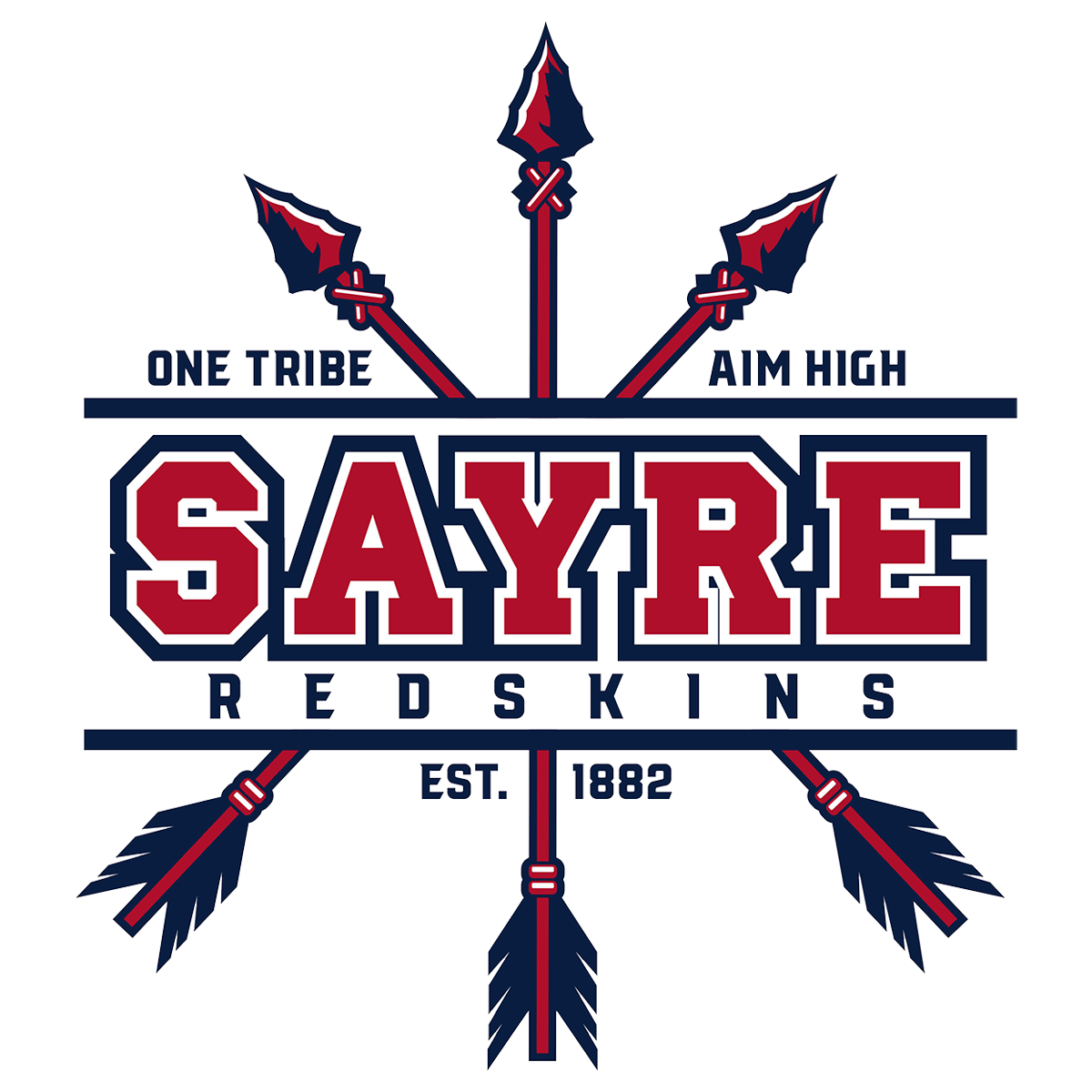Title One
Title I is a 100% Federally funded supplemental education program that provides financial assistance to local educational agencies to improve educational opportunities for educationally deprived children. Title I programs are designed to help children meet the state content and performance standards in reading, language arts, and mathematics. In buildings with 40% or more poverty, LEAs may use the funds to upgrade the entire curriculum of the school and are Schoolwide Programs. In buildings with less than 40% poverty, programs are designed to help specific children and are targeted assisted programs. LEAs and schools are subject to consequences of school choice and supplemental education services if they do not meet adequate yearly progress as determined by the SEA. H. Austin Snyder Elementary School is a Targeted Assistance school.
Title I Targeted Assistance: What does that mean?
Schools operating a targeted assistance model are required to use Title I funds to help educationally disadvantaged students meet state standards. Students are eligible for Title I if they are failing, or at risk of failing, to meet state standards. The following students are eligible for Title I services:
Students, who participated at any time in Head Start or Title I preschool at any time during the previous two years.
Students, who attended a community day program or living in a state or local neglected or delinquent institution.
Students, who were served in the previous two years under the Migrant Education program; and
Students, who are homeless.
Components of a Targeted Assistance Program
Targeted assistance schools must use Title I funds to provide programs, activities, and academic courses necessary to provide a well-rounded education designed to help eligible students meet state academic standards. Targeted assistance schools must:
Help provide an accelerated, high-quality curriculum.
Minimize the removal of children from the regular classroom during regular school hours for instruction provided by Title I.
Review the progress of eligible students on an ongoing basis and revise the targeted assistance program, if necessary, to provide students with additional assistance to meet state academic standards.
Be incorporated into existing school planning.
Use effective methods and instructional strategies that rely on evidence-based research; and
Coordinate with and support the regular educational program, which may include services to assist preschool children transition into early childhood programs such as Head Start or state-run preschool programs.
Spending Options in a Targeted Assistance Program
Targeted assistance schools may use Title I funds to serve their eligible students by:
Expanding learning time for eligible students, including before- and after-school programs, summer programs, and opportunities.
Providing early intervening services to eligible students, including services coordinated with similar activities and services provided under IDEA.
Providing eligible students with extra supports aligned to the school's regular education program, which may include services to assist preschool children as they transition from early childhood education programs to elementary school programs.
Providing professional development for teachers, principals, other school leaders, paraprofessionals, and, if appropriate, specialized instructional support personnel, and other school personnel, who work with eligible students; and
Implementing strategies to increase the engagement of parents and family of eligible students.
A secondary school operating a targeted assistance program may use Title I funds to provide dual or concurrent enrollment program services to eligible children.
Title I Complaint Policy
Parent Right to Know Information
